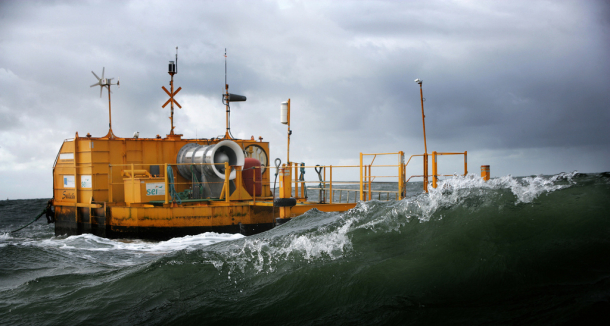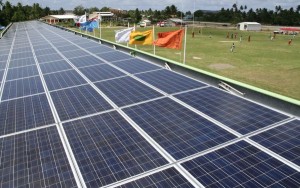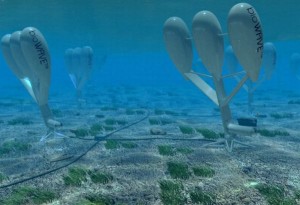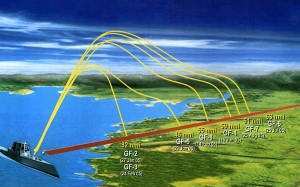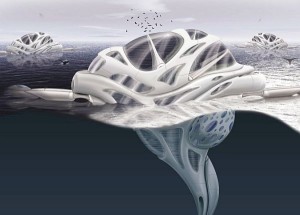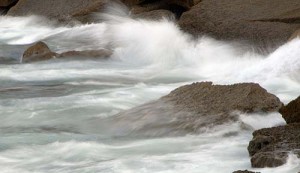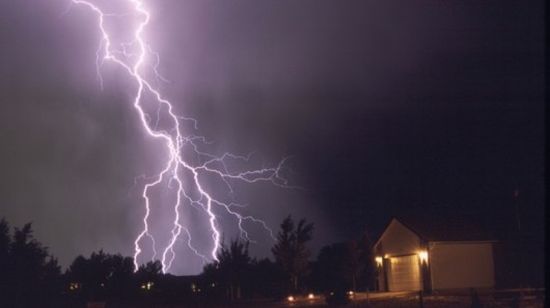
The researchers are trying hard to find new renewable sources of energy everyday and finally they have come up with a new renewable source of energy. After solar, wind, and water power the newest form of producing energy is the electricity collected from the air coulds.
Termed as hygroelectricity it came up at the national meeting of the Amercian Chemical Society of findings by scientist Fernando Galembeck and colleagues at the University of Campinas (Brazil). Galembeck challenged the old theory of water vapor in the air being electrically neutral. Through a series of experiments he proved that Silica and aluminum phosphate that are commonly found in air in a very humid atmosphere it appears that the water vapor can hold an electrical charge and pass it to the particles. This invention came like a revolution and now the scientists are striving hard to make this hygroelectricity a reality with which the whole world can benefit.
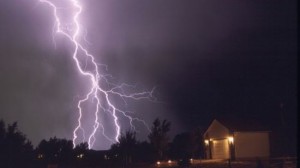
 Follow
Follow